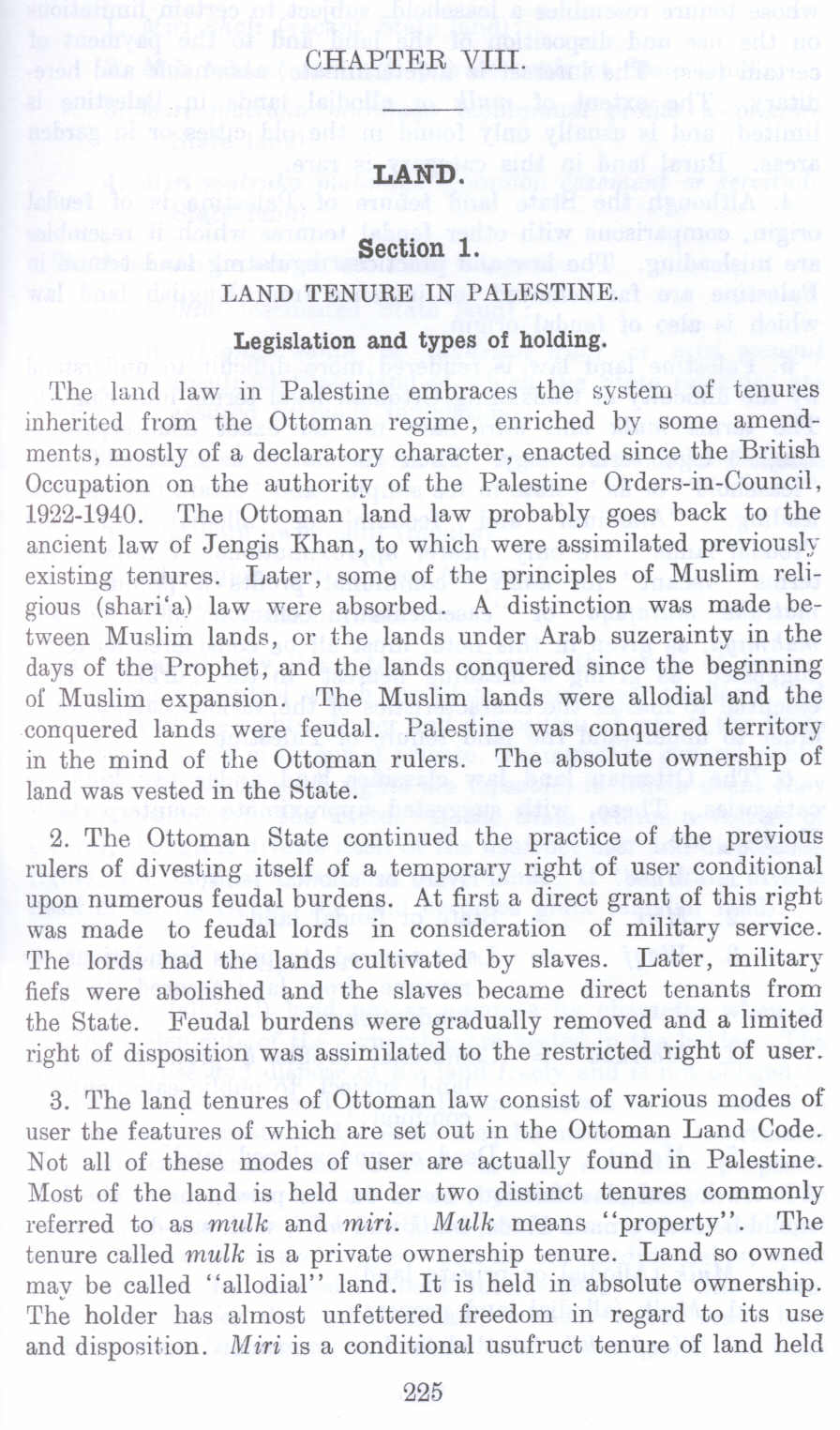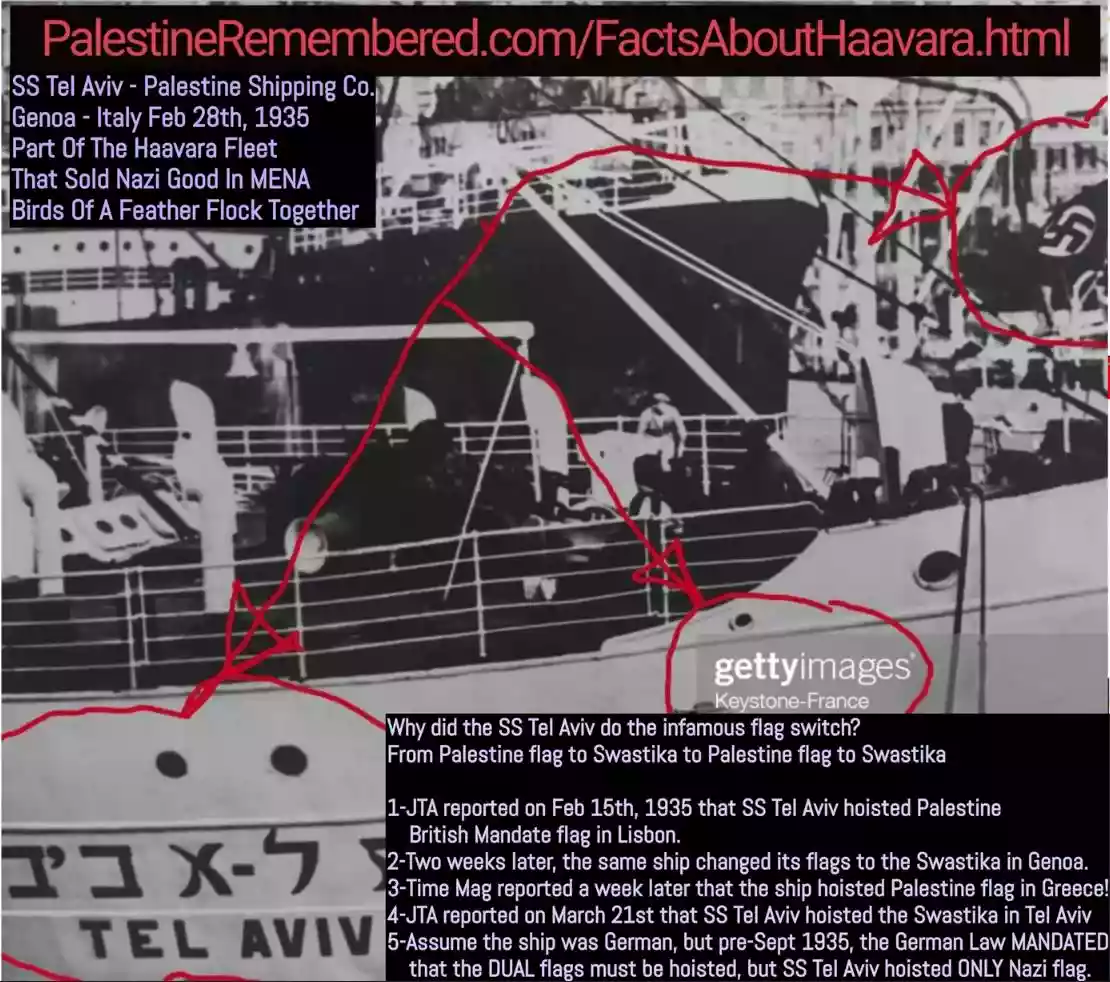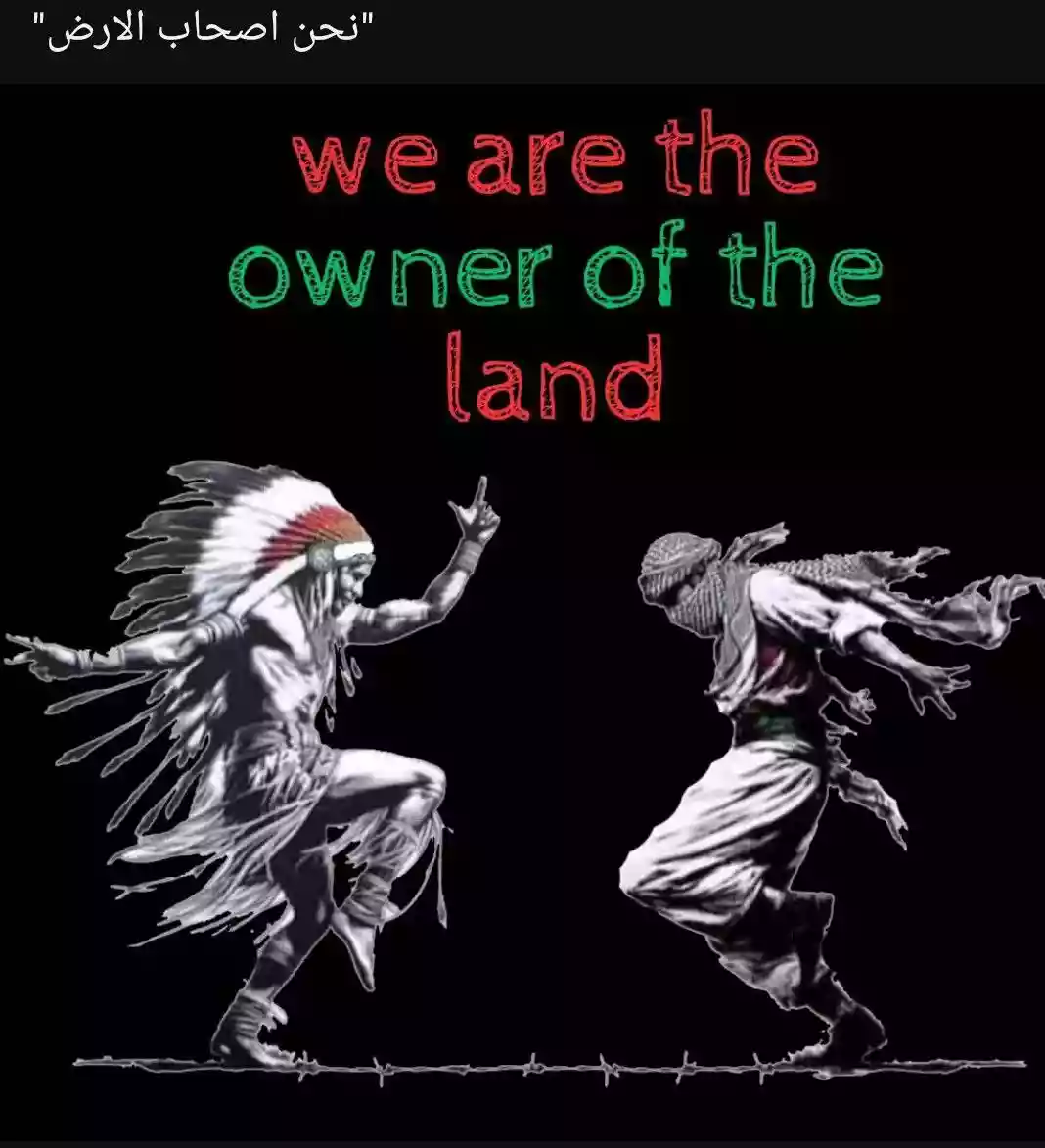| Prev | Next |
 |
| Prev | Next |
| PalestineRemembered | About Us | Oral History | العربية | |
| Pictures | Zionist FAQs | Haavara | Maps | |
| Search |
| Camps |
| Districts |
| Acre |
| Baysan |
| Beersheba |
| Bethlehem |
| Gaza |
| Haifa |
| Hebron |
| Jaffa |
| Jericho |
| Jerusalem |
| Jinin |
| Nablus |
| Nazareth |
| Ramallah |
| al-Ramla |
| Safad |
| Tiberias |
| Tulkarm |
| Donate |
| Contact |
| Profile |
| Videos |
Land Tenure in Palestine. Legislation and Type of Holding, British Mandate: A Survey of Palestine: Volume I - Page 225. Chapter VIII: Land: Section 1 |
Disclaimer
The above documents, article, interviews, movies, podcasts, or stories reflects solely the research and opinions of its authors. PalestineRemembered.com makes its best effort to validate its contents.


Post Your Comment
*It should be NOTED that your email address won't be shared, and all communications between members will be routed via the website's mail server.
LAND.
Section 1.
LAND TENURE IN PALESTINE.
Legislation and types of holding.
The land law in Palestine embraces the system of tenures inherited from the Ottoman regime, enriched" by some amendments, mostly of a declaratory character, enacted since the British Occupation on the authority of the Palestine Orders-in-Council, 1922-1940. The Ottoman land law probably goes back to the ancient Jaw of Jengis Khan, to which were assimilated previously existing tenures. Later, some of the principles of Muslim religious (shari'a) law were absorbed. A distinction was made between Muslim lands, or the lands under Arab suzerainty in the days of the Prophet, and the lands conquered since the beginning of Muslim expansion. The Muslim lands were allodial and the conquered lands were feudal. Palestine was conquered territory in the mind of the Ottoman rulers. The absolute ownership of land was vested in the State.
2. The Ottoman State continued the practice of the previous rulers of divesting itself of a temporary right of user conditional upon numerous feudal burdens. At first a direct grant of this right was made to feudal lords in consideration of military service. The lords had the lands cultivated by slaves. Later, military fiefs were abolished and the slaves became direct tenants from the State. Feudal burdens were gradually removed and a limited right of disposition was assimilated to the restricted right of user.
3. The land tenures of Ottoman Jaw consist of various modes of user the features of which are set out in the Ottoman Land Code. Not all of these modes of user are actually found in Palestine. Most of the land is held under two distinct tenures commonly referred to as mulk: and miri. Mulk means "property". The tenure called mulk is a private ownership tenure. Land so owned may be called "allodial" land. It is held in absolute ownership. The bolder has almost unfettered freedom in regard to its use and disposition. Miri is a conditional usufruct tenure of land held
Page 225